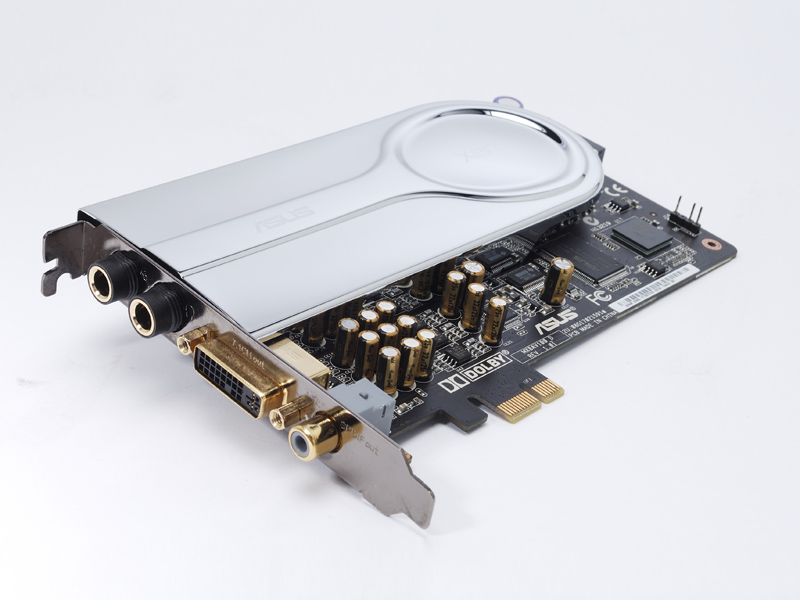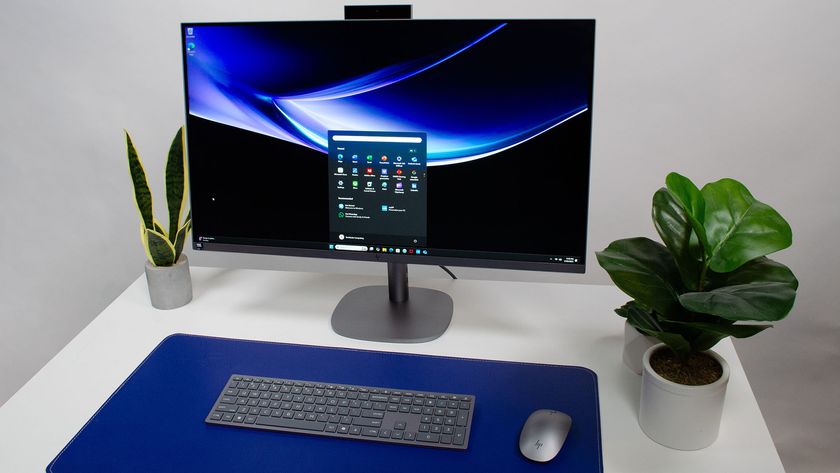TechRadar Verdict
Essentially a £160 sound card for £100. If you haven't got a high end set of headphones, it's a good way to buy into hi-fi audio.
Pros
- +
Fair value for money
- +
Great gaming effects
- +
Powerful headphone amp
Cons
- -
Not as flexible as buying separates
Why you can trust TechRadar
With its highbrow hi-fi spec, Xonar Xense from Asus is part of a relatively new trend of sound cards that are looking to win back audio buffs who have been avoiding the pitfalls of PC sound processing by offloading everything to an external amp, or sticking to vinyl.
Armed with processors and other components more commonly found in stacking amps and CD players, it began with cards like Auzentech's Prelude and Asus's own Xonar DX2, and includes Creative's new X-Fi Titanium HD.
By their very nature, these sound cards are niche, and in danger of falling over into the dreaded audiophile category, where power conditioners and dowsing rods supposedly make a difference to the perceived sound.
Gamers, and anyone who never owned a pair of speakers larger than their car will, wisely, look to spend their money elsewhere.
Audiophilia isn't just about profligacy, though. The Xonar Xense does throw in a Sennheiser PC-350 headset and all the features you'd expect in a quality headphone amp, which makes the overall price just about bearable.
The Xense card itself has a basic spec similar to Asus' own high-end Xonar Essence STX (£150) or Creative's X-Fi Titanium HD (£160), and includes a pair of £100 headphones. That's an overall saving of roughly £70, and delivers something close to a studio experience.
What's not to like about that?
Dan (Twitter, Google+) is TechRadar's Former Deputy Editor and is now in charge at our sister site T3.com. Covering all things computing, internet and mobile he's a seasoned regular at major tech shows such as CES, IFA and Mobile World Congress. Dan has also been a tech expert for many outlets including BBC Radio 4, 5Live and the World Service, The Sun and ITV News.


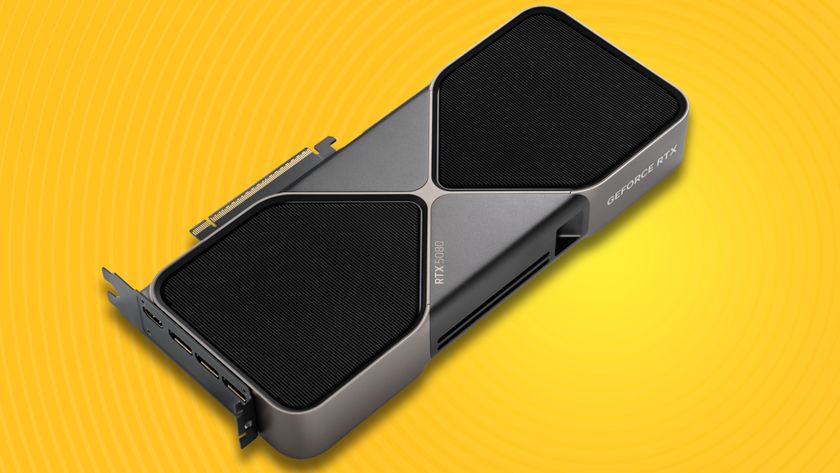

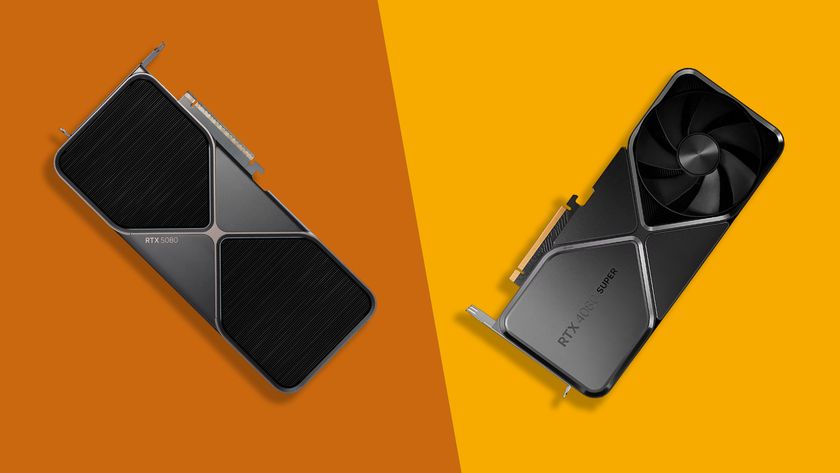

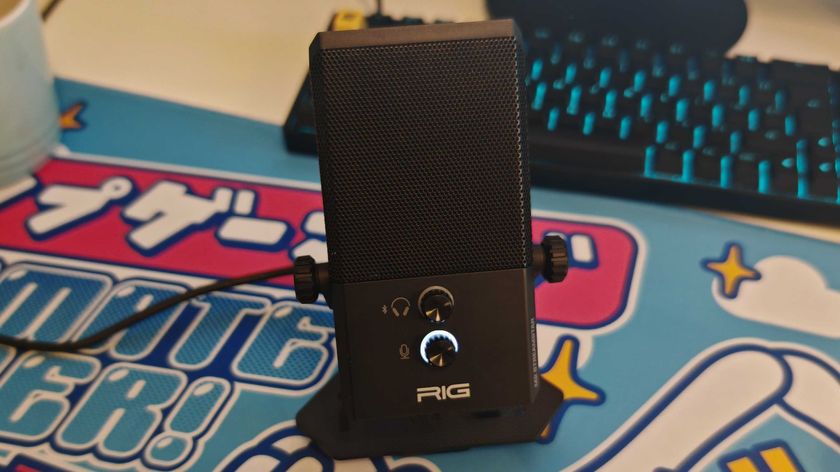
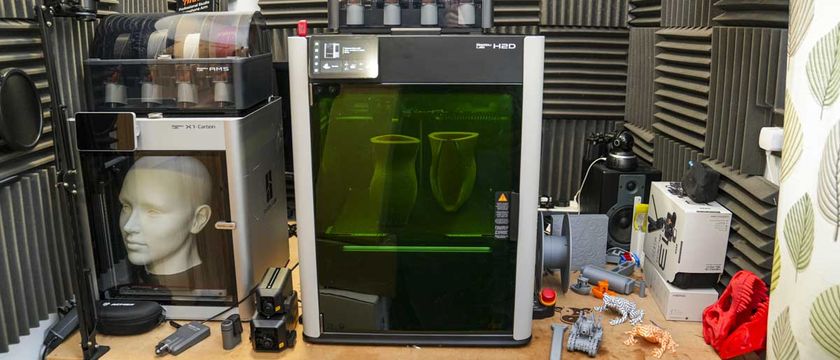

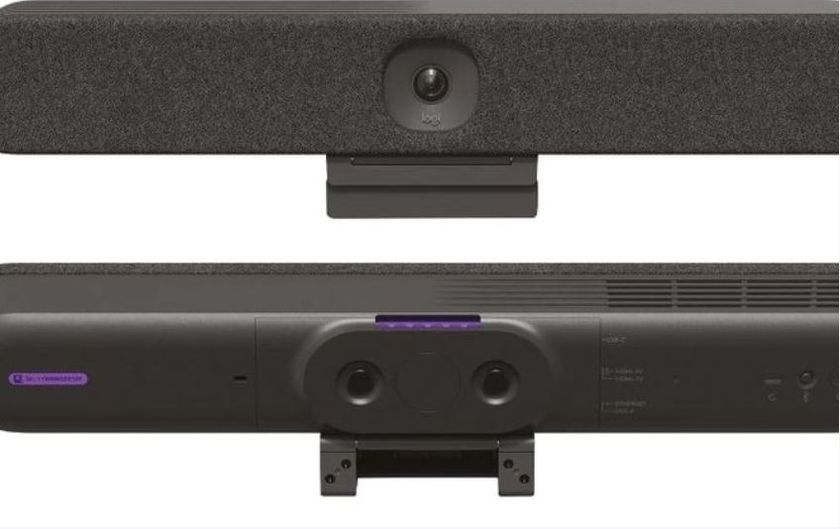



Xbox Insiders are currently testing a new Game Hub feature that looks useful, but I've got mixed feelings about it

The brand-new Kindle Colorsoft drops to its lowest-ever price in the Amazon Spring Sale

I can't say I'm surprised, but Nvidia's RTX 5090 laptop GPU has a big performance leap over its predecessor, according to early benchmarks
